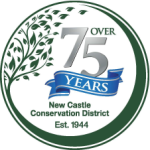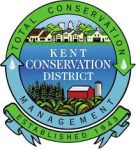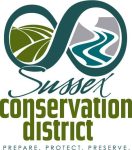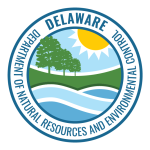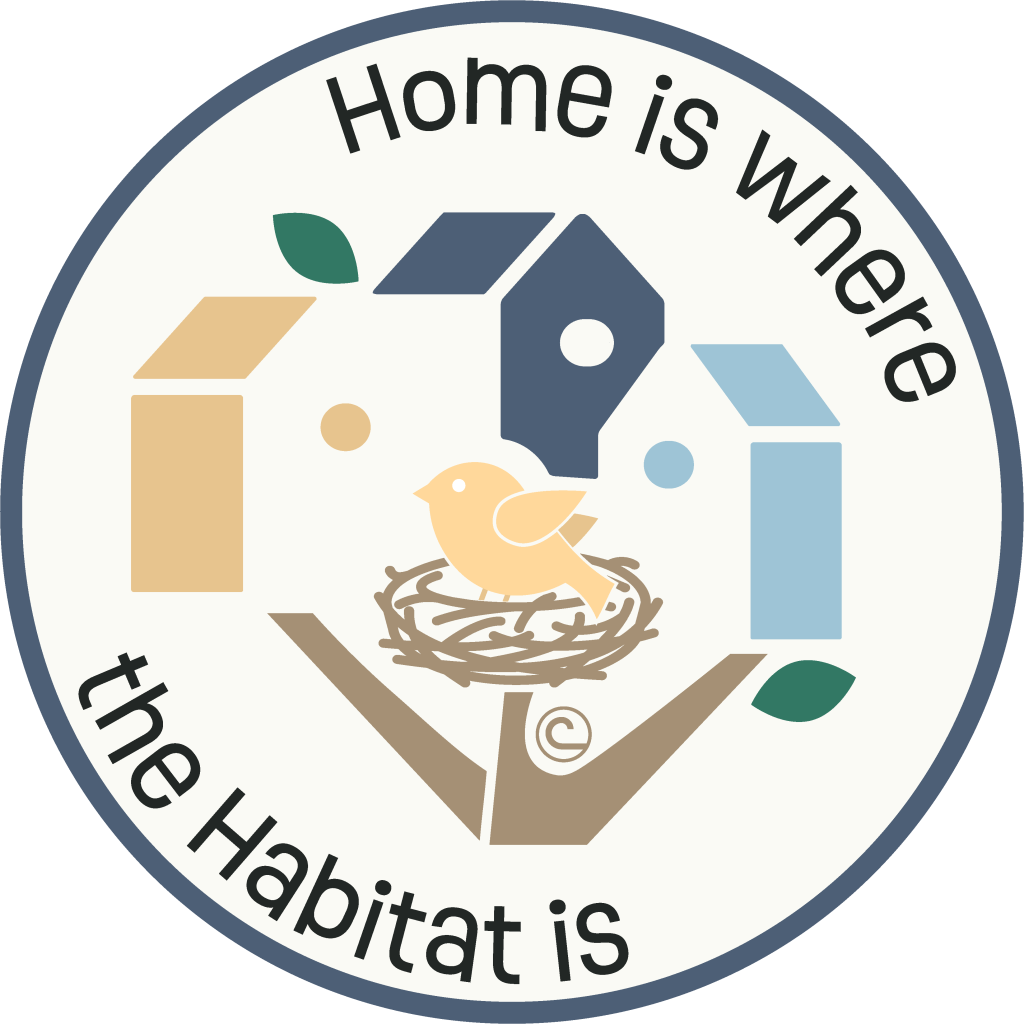
Thanks for visiting us at the Delaware State Fair!
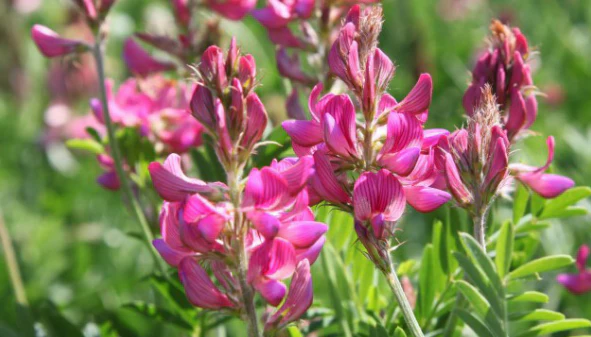
Planting Your Perennial Pollinator Mix
- Plant in spring or early fall when soil temperatures are going to stay between 40-70 degrees for at least a month. (Ideally by the end of August if you’re planting this year.)
- Broadcast or lightly incorporate your seeds to a depth of about 1/4″. Your packets includes enough seed to cover about 50 square feet.
Your mix includes Alfalfa, Sainfoin, White Clover, Yellow Blossom Sweet Clover, White Sweet Clover, Perennial Short Grass Blend, Chicory, Small Burnet, Native Perennial Mix, Birdsfoot Trefoil, Crimson Clover and Partridge Pea.
"Home Is Where the Habitat Is" Resources
The 2025 National Association of Conservation Districts (NACD) Stewardship Week theme, Home is Where the Habitat Is, highlights the essential role that both natural and managed habitats play in supporting biodiversity and maintaining ecological balance. But this theme is more than just a catchy phrase – it’s a reminder that every habitat, from sprawling forests to bustling urban parks, contributes to the health of our planet.
Habitats do more than provide shelter for wildlife; they clean our air and water, prevent erosion, regulate climate, and sustain the ecosystems that make life possible. Whether it’s the wetlands that filter pollutants, grasslands that support pollinators, or the trees in your own backyard, these spaces are vital to both nature and humans.
Visit NACD’s website to download activity pages, educational materials and more!
About the Delaware Conservation Partnership
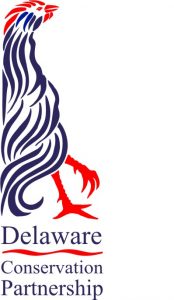
The Delaware Conservation Partnership is made up of Delaware’s three county conservation districts (New Castle, Kent and Sussex), the Delaware Department of Natural Resources and Environmental Control (DNREC) and USDA’s Natural Resources Conservation Service (NRCS). We also work closely with the Delaware Department of Agriculture as well as UD and DSU Cooperative Extension.
Across the United States, nearly 3000 conservation districts — almost one in every county — are helping local people to conserve land, water, forests, wildlife and related natural resources. Their mission: to coordinate assistance from all available sources — public and private, local, state and federal — in an effort to develop locally driven solutions to natural resource concerns.
Conservation districts help:
- implement farm conservation practices to keep soil in the fields and out of waterways;
- conserve and restore wetlands, which purify water and provide habitat for birds, fish and numerous other animals.
- protect groundwater resources;
- plant trees and other land cover to hold soil in place, clean the air, provide cover for wildlife and beautify neighborhoods;
- help developers and homeowners manage the land in an environmentally sensitive manner; and
- reach out to communities and schools to teach the value of natural resources and encourage conservation efforts.
Delaware’s Conservation Districts are made up of cooperators that are landowners, rural and urban, who join together voluntarily within the district in planning for and controlling soil erosion, sedimentation, flooding, and managing animal wastes, fertilizers, and agricultural chemicals to protect farmland and water quality.

